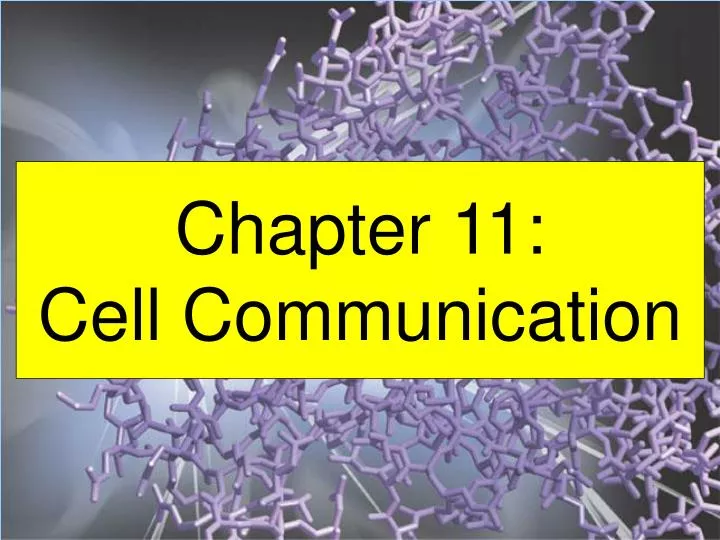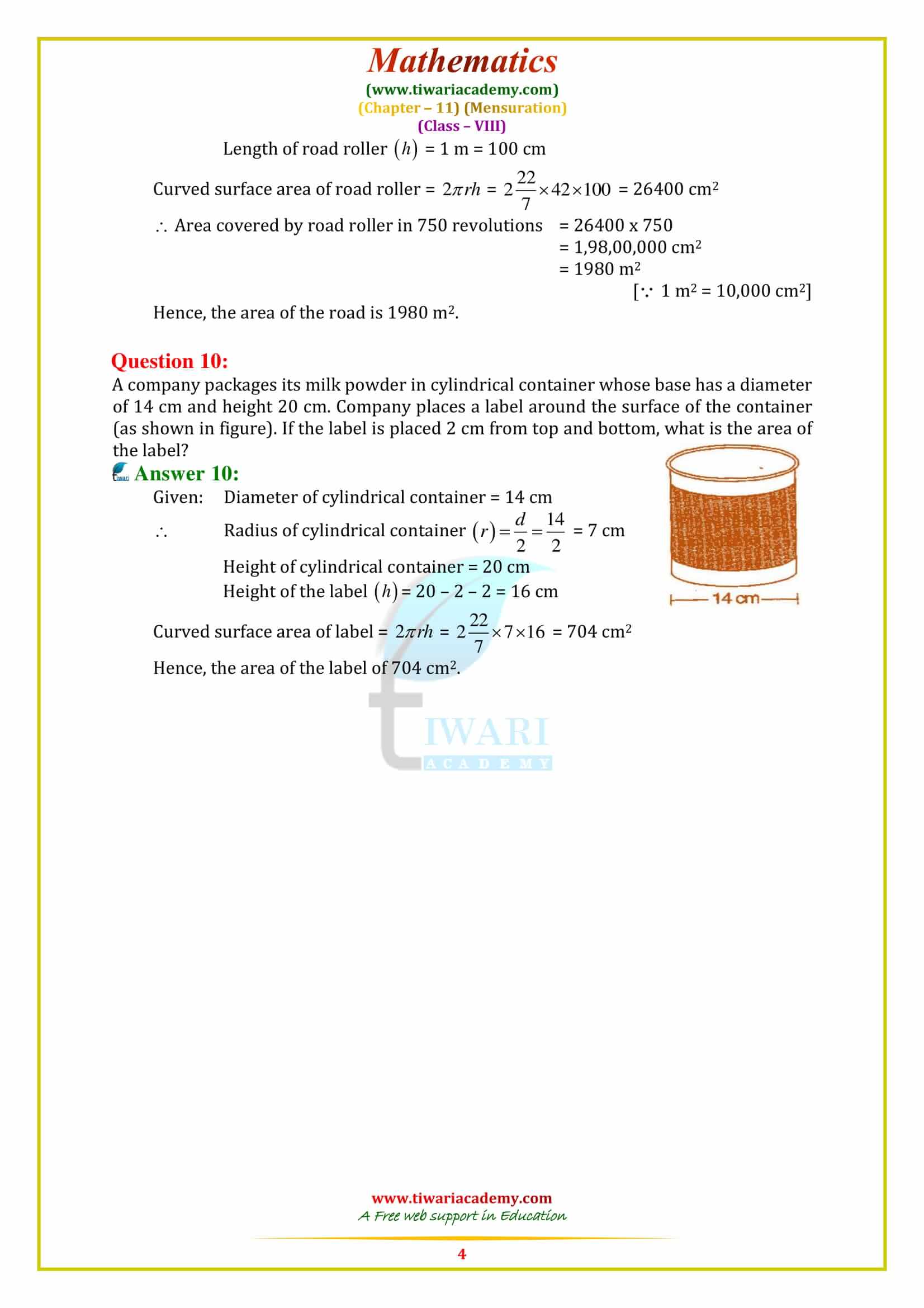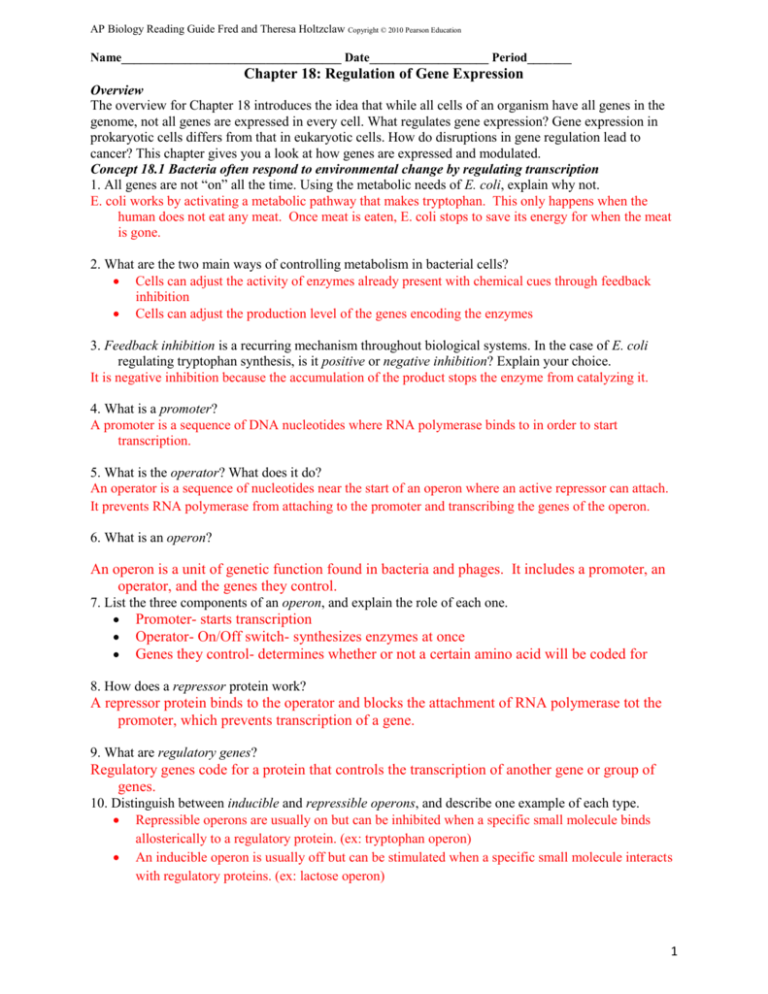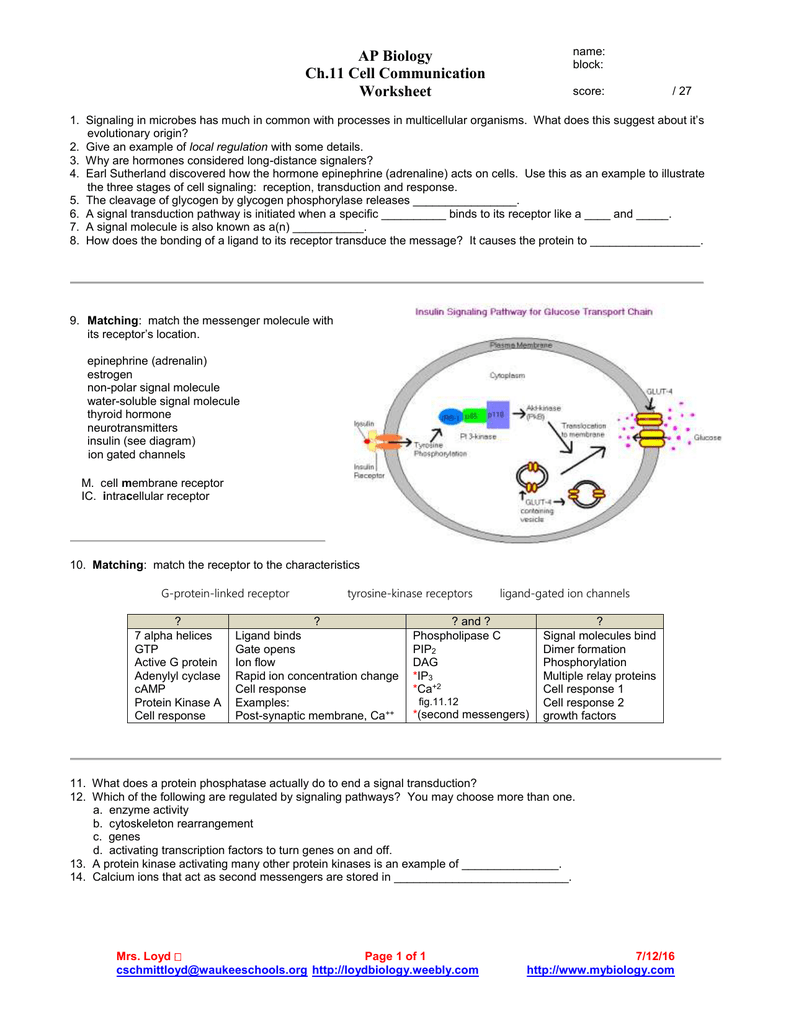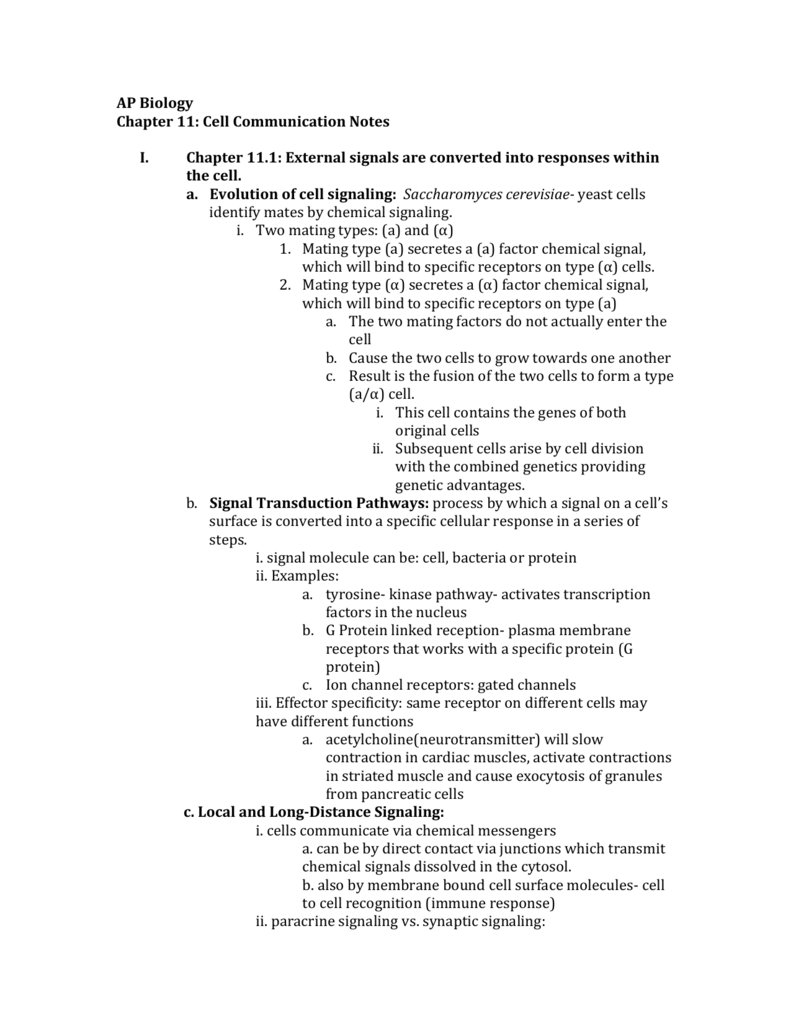Chapter 11 Cell Communication Reading Guide Answers
Chapter 11 Cell Communication Reading Guide Answers - Electrical signals trigger chemical signal. Cell communication11 “external signals are converted into responses within the cell”evolution of cell signaling cells of the yeast saccharyomes cerevisiae identify their mates by chemicalsignaling there. Figure 11.2 communication between mating yeast cells. A chemical signal is detected when the signaling molecule binds to a receptor protein located at the cell's surface or inside the cell. Web three stages of signal transduction. The special challenge in chapter 11 is not that the material is so difficult, but that most of the material will be completely new to you. Paracrine signaling a secreting cell discharging local regulator into ec fluid, which acts on larger cell. Secreting cells sends regulators to target cells and to all cells in the vicinity. Explain how yeast cells use cell signaling to identify a mate of the opposite sex. Web cell communication review chapter 11 1.
Web study with quizlet and memorize flashcards containing terms like 1. Compare and contrast paracrine and endocrine signaling. Examples are animal cells and growth hormones. Describe how external signals are converted to responses within cells. Cell communication chapters 9, 10, and 11 form three of the most difficult chapters in the book. A signal transduction pathway is a series of steps of cellular response, after receiving a signal. Plan on reading this chapter at least twice and go slowly. What is a signal transduction pathway? Web study with quizlet and memorize flashcards containing terms like what signal molecule triggers the flight or fight response in cells?, what example represents the use of chemical signaling to identify sex?, signal. Electrical signals trigger chemical signal.
What distinguishes autocrine and paracrine signaling. The challenge in chapter i i is not that the material is so difficult, but that most of the material will be completely new to you. Web learn test match created by minaalaaldin terms in this set (27) 1. Explain how yeast cells use cell signaling to identify a mate of the opposite sex. Information from chapter 11 covering cell communication like enzymes,. Please click the link below to download the biology slides from the campbell’s biology, 8th edition textbook. Cell a the pathway leads to a single response w/. Biology i (bio 1404) 92. Secreting cells sends regulators to target cells and to all cells in the vicinity. What is a signal transduction pathway?
Chapter 11 Cell Communication
Cell communication stages of cell signaling: Cell communication11 “external signals are converted into responses within the cell”evolution of cell signaling cells of the yeast saccharyomes cerevisiae identify their mates by chemicalsignaling there. The special challenge in chapter 11 is not that the material is so difficult, but that most of the material will be completely new to you. Figure 11.3.
Chapter 11 Cell Communication
Identify different types of signal. Cell communication11 “external signals are converted into responses within the cell”evolution of cell signaling cells of the yeast saccharyomes cerevisiae identify their mates by chemicalsignaling there. Describe how external signals are converted to responses within cells. The university of texas at san antonio. Compare and contrast paracrine and endocrine signaling.
PPT CHAPTER 11 CELL COMMUNICATION PowerPoint Presentation, free
Information from chapter 11 covering cell communication like enzymes,. Secreting cells sends regulators to target cells and to all cells in the vicinity. What distinguishes autocrine and paracrine signaling. Identify different types of signal. Describe the three stages of cell.
11+ Ap Bio Chapter 11 Reading Guide Answers ShaaronEmile
A signal transduction pathway is a series of steps of cellular response, after receiving a signal. What is a signal transduction pathway? Examples are animal cells and growth hormones. The front side has the questions, and the back side has the answers. The challenge in chapter i i is not that the material is so difficult, but that most of.
PPT Chapter 11 Cell Communication PowerPoint Presentation, free
What distinguishes autocrine and paracrine signaling. Highly specific binding between ligand (signal molecule) and a receptor b. Web learn test match created by minaalaaldin terms in this set (27) 1. A chemical signal is detected when the signaling molecule binds to a receptor protein located at the cell's surface or inside the cell. Information from chapter 11 covering cell communication.
PPT Chapter 11 Cell Communication PowerPoint Presentation, free
What is a signal transduction pathway?, 2. A signal transduction pathway is a series of steps of cellular response, after receiving a signal. Identify different types of signal. Web study with quizlet and memorize flashcards containing terms like what signal molecule triggers the flight or fight response in cells?, what example represents the use of chemical signaling to identify sex?,.
11+ Ap Bio Chapter 11 Reading Guide Answers ShaaronEmile
Signal molecule a signal transduction pathway is initiated when a _____ binds to a receptor. Cell a the pathway leads to a single response w/. Figure 11.3 communication among bacteria. Biology i (bio 1404) 92. The target cell's detection of a signaling molecule coming from outside the cell;
Ap Bio Chapter 18 Reading Guide Answers / Miss Garry S Biology Class
What distinguishes autocrine and paracrine signaling. Web study with quizlet and memorize flashcards containing terms like what signal molecule triggers the flight or fight response in cells?, what example represents the use of chemical signaling to identify sex?, signal. The special challenge in chapter 11 is not that the material is so difficult, but that most of the material will.
Chapter 11 Active Reading Worksheets Gene Expression Answers Joseph
Plan on reading this chapter at least twice and go slowly. Figure 11.3 communication among bacteria. The special challenge in chapter 11 is not that the material is so difficult, but that most of the material will be completely new to you. Web chapter 11 cell communication reading guide answers 9 comments 37 likes statistics notes no notes for slide.
AP Biology Chapter 11 Cell Communication Notes I. Chapter 11.1
Web chapter 11 cell communication lecture outline. Secreting cells sends regulators to target cells and to all cells in the vicinity. Describe the three stages of cell. Web study with quizlet and memorize flashcards containing terms like 1. Describe how external signals are converted to responses within cells.
Highly Specific Binding Between Ligand (Signal Molecule) And A Receptor B.
What is a signal transduction pathway?, 2. The target cell's detection of a signaling molecule coming from outside the cell; Cell communication11 “external signals are converted into responses within the cell”evolution of cell signaling cells of the yeast saccharyomes cerevisiae identify their mates by chemicalsignaling there. Compare and contrast paracrine and endocrine signaling.
The University Of Texas At San Antonio.
Describe the three stages of cell. The special challenge in chapter 11 is not that the material is so difficult, but that most of the material will be completely new to you. Figure 11.2 communication between mating yeast cells. Web chapter 11 cell communication lecture outline.
Examples Are Animal Cells And Growth Hormones.
Biology i (bio 1404) 92. Information from chapter 11 covering cell communication like enzymes,. Cell communication chapters 9, 10, and 11 form three of the most difficult chapters in the book. Cells must communicate to coordinate their activities.
Web Cell Communication Review Chapter 11 1.
What distinguishes autocrine and paracrine signaling. Web chapter 11 cell communication reading guide answers 9 comments 37 likes statistics notes no notes for slide figure 11.1 how does cell signaling trigger the desperate flight of this gazelle? Please click the link below to download the biology slides from the campbell’s biology, 8th edition textbook. Figure 11.3 communication among bacteria.





